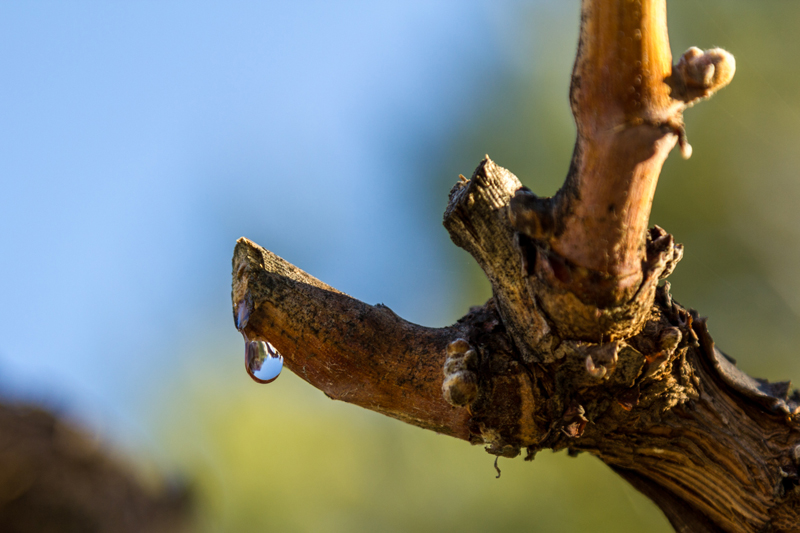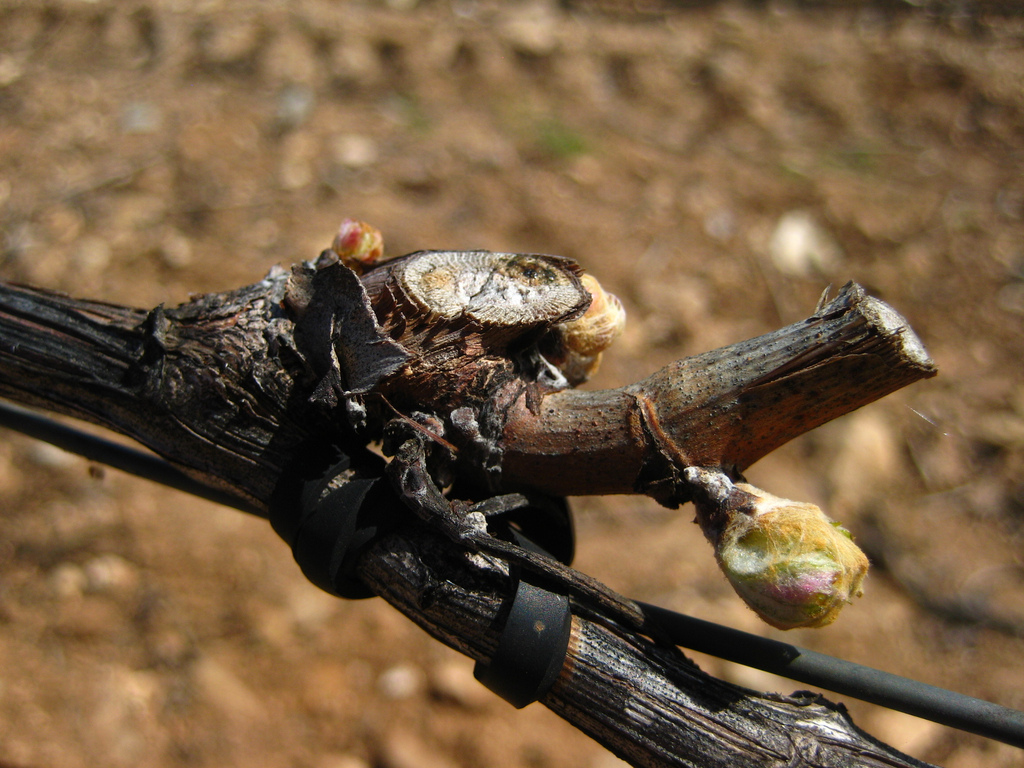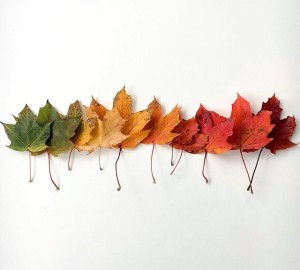Nature is poetic like that. March, a relatively quiet month, a month of transition that gives way to a new annual cycle for the vines, is the time when the vines begin to weep, with tears bigger than ours.
The vine, which until February was in a state of dormancy, a kind of sweet winter death, is beginning to awaken. The rise in ambient temperature triggers a reaction in the roots that results in a resurgence of sap flow. And the blood that runs through the vessels of the vine, that begins to circulate, escapes through the pruning wounds. It is the initial sign that a new cycle of the vine will soon begin.
The outbreak
For a few days, a little less than a week, the vines begin to weep, to drip a transparent liquid similar to our tears. This is the unmistakable sign of the beginning of budding, which starts at the end of March and the beginning of April. The beginning of what we call the weeping of the vine depends on the heat of late winter and early spring. Depending on the composition of the soil, its moisture content, whether it is clayey or porous, for example, each soil maintains a temperature, which can vary considerably.
If it has rained a lot, a clay soil, for example, takes longer to warm up. However, if the soil is stony and has almost no water, the stones increase their temperature earlier and maintain the radiation. Some soils are cooler and some are warmer. What is clear is that when the outside temperature rises, the temperature in the ground rises and reactivation begins.
The buds formed the previous year and which we have left optimally positioned on the vine shoots, to help them produce the desired bunches, begin to receive nutrients, hormones, to initiate their growth and sprouting. After the weeping, in March the buds also swell. This is the step prior to bud bursting, an event that we will describe in detail in April, but which in summary is the action of breaking the interlacing of fibres that cover the buds.
In March, the vine grower can complete the work in the vineyard. This is the case for those who want bud break to be later, for example, to prevent the March frosts from damaging the vineyard, or to prevent the varieties from budding early. The later the pruning, the later the sprouting.
It is very simple. Imagine that there is a shoot with 15 buds. When the plant announces that it has to wake up, it sends hormonal messages and food to those 15 buds. The energy and sugars they need when they start to sprout are distributed among 15 buds. And because they have to be distributed among all of them, what reaches each one is less than if we had, for example, 5.
The rains
During the month of March, fertilisers are also applied with the corresponding fertiliser spreaders or herbicides if they are used. This month, in addition to higher temperatures, is also usually rainy, which causes not only the vines to reactivate, but also the sometimes misnamed weeds. It is true that sometimes we have to remove them to avoid competition. But it is not always a good idea to remove these plants that grow both in the planting line (where the vines are located) and in the street (where the tractors circulate). For example, excess water in a soil that is too fertile for vine cultivation would make it interesting to have weeds competing in that soil for water and nutrients.
Cool nights and days when the temperature rises above 20 degrees Celsius offer a renewed landscape in the vineyard, which from 10 degrees Celsius onwards sees the growth of the plants reactivate. Also those little white and yellow flowers, weeds called Leznas, whose scientific name in Latin is Diplotaxis Eurocoide. That melting pot of flowers which, in the month of March, begin to fall.
As in the past, you can listen to the podcast we recorded for RNE: http://bit.ly/rne-vivancoculturadevino
And if you liked it, don't forget to share #WineCulture on your social networks 😉.


















